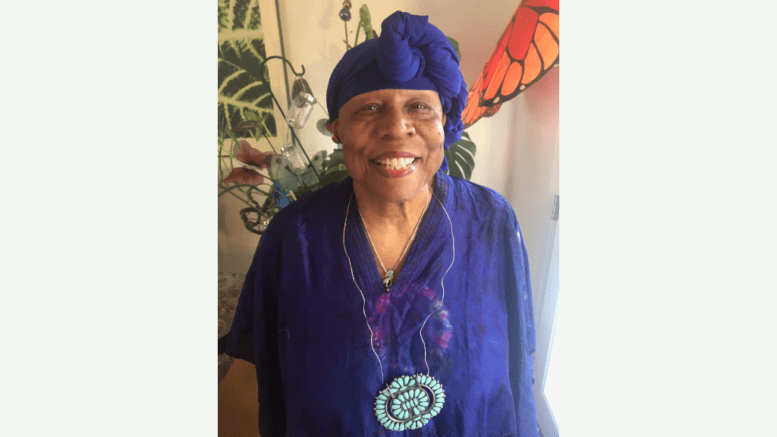A woman from East Cobb is at the center of an ongoing project to preserve a key piece of African and African-American history.
Dr. Jontyle Robinson, who has an extensive background in art conservation and the Black experience through time, is the curator of the Legacy Museum at Tuskegee University, located at the Tuskegee Institute National Historic Site in Alabama. She’s in the midst of a wide-ranging project to restore 20 three-dimensional dioramas originally showcased at the American Negro Exposition in Chicago in 1940. Robinson said the exhibition was designed to connect African-Americans to their past, highlight progress made in the 75 years following the end of slavery and promote understanding and goodwill.
The dioramas depicted a wide range of African-American life and history to that point, from participation in various businesses and art endeavors to others outlining Egyptian dynasties and depicting the first shipment of African slaves landing in Virginia in 1619.
Created under the direction of African-American commercial artist Charles Dawson, the 3-dimensional wood and plaster creations were the centerpiece of what was billed as the “Negro World’s Fair.”
Afterward, 20 of them were trucked to Tuskegee, suffering extensive damage along the way. The other 11 disappeared and remain lost.
After an initial renovation at in the early-mid 1940s, they were exhibited for a time then stored, falling into disrepair. That began to change after Robinson interviewed for the job at what would become the Legacy Museum in 2008.
She saw there was much work to be done on the pieces.
“I made a silent promise to myself that I was going to have them conserved because even in their state of deterioration they were beautiful.”
Robinson said they were covered with decades of dust and debris having not been stored in the best of conditions. Restoring the artwork had to be done methodically. Before physically working with the exhibits, extensive testing had to be done.
“You just don’t start conserving dioramas,” Robinson explained. “A process has to be followed where they are examined and assessed and you understand something about how things were made. What are these figures made of, what is the rock made of, what is that ship made of?”
To clean up and conserve the dioramas students from a number of Historically Black Colleges and Universities (HBCUs) possessing museums and galleries were sought to do the testing and preservation work. Others were sent to institutions including the Smithsonian.
Everything had to be an exact match. Take painting as an example, said Robinson. Conservators take a miniscule sample of paint from a figure and run tests to match the color and the type of paint used decades ago.
Parts of the diorama made from wood had to be tested to determine their composition to provide for an exact match in material and style. Masonite backing on some of the displays had broken and had to be carefully replaced.
One of the dioramas, “The Beginning of Negro Business” was sent to Fisk University in Nashville, where students interested in art conservation worked diligently on the project. They were directed by Shelley Paine.
A sculpture and art conservator, she said “the dioramas are extraordinary and the history is unbelievable.”
Students were in training part of the day on how to look closely at the displays as well as well as how to approach them as a treatment project. Other periods were given over to examination and documentation, the taking of samples and some surface cleaning.
Paine then finished up the work at her private studio.
“This type of art conservation is at the intersection of art and science, maintaining the intention of the artist, “she said. As such, only material could be used that would not harm or impact the original artwork.
Robinson said the project has a two-fold aim: not just the physical conservation of the dioramas but as a means of getting African-American students studying such things as physics and chemistry interested in working in the art conservation field. It’s a discipline in which they are severely under-represented, she said.
Some of the dioramas have been completed and shipped back to Tuskegee for display while work on others is ongoing, Robinson said.
More than 80 years after their creation the role of the displays in showcasing African-American achievements and their contributions to the progress of world civilization can’t be overstated, said the art conservators.
One example is that of Crispus Attucks, a dockworker in Boston who is considered the first person to die in the American Revolution. Another shows a pair of exuberant dancers who are said to be celebrating the moment of emancipation. Still another depicts freed African-American scientist and author Benjamin Banneker, surveying the land that would become Washington D.C.
Robinson said that with all of the dioramas completed and on public display, she hopes that someone who is storing Black history in their basement without knowing their significance will come forward and offer them up. That could help unearth the remaining 11, she said.
